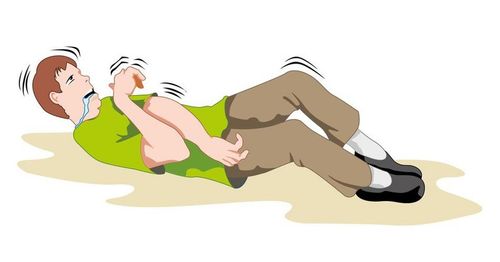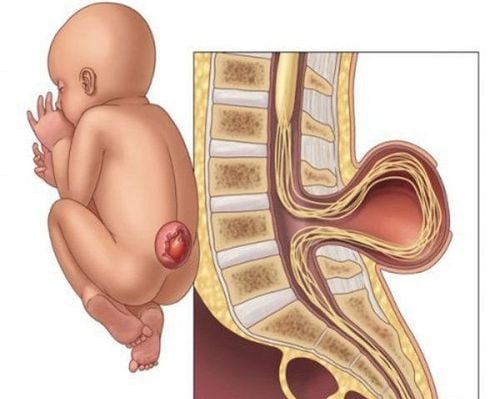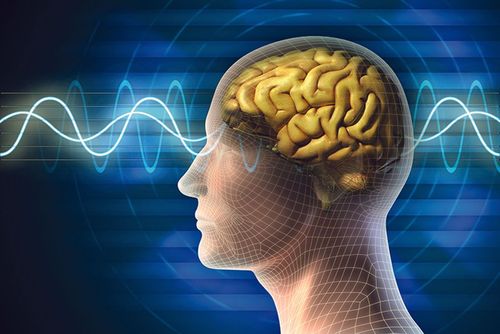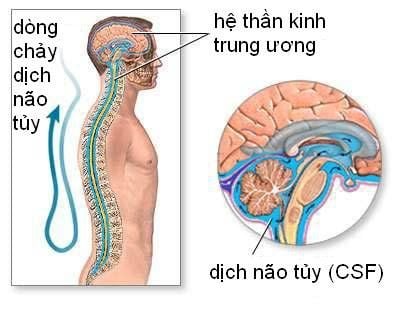This is an automatically translated article.
The article is professionally consulted by Master, Doctor Huynh An Thien - Neurologist - Department of Medical Examination & Internal Medicine - Vinmec Danang International Hospital.Nerve fibers carry messages back and forth between the body and the brain. The nervous system is made up of two parts: your brain and spinal cord make up your central nervous system, the nerves in the rest of your body make up your peripheral nervous system.
1. How the central nervous system works
Everything of the body is connected in some way to the nervous system. The nervous system tells the heart to beat, controls the lungs to breathe, controls the movement of the body, and how to think and learn. It also controls the body's senses and memories.
Messages in nerves are transmitted through billions of neurons connected by synapses. Information through neurotransmitters travels across synapses to the next neuron. Dopamine and serotonin are types of neurotransmitters. This process goes on continuously until the message reaches the right place. Some messages travel faster than 200 miles per hour.
This is also how messages received from the body are sent back to the brain and spinal cord. For example, if you step on something sharp, the nerves in your legs send a message from neuron to neuron to your central nervous system. Your brain and spinal cord immediately respond to a message to your foot and lift your foot away from the sharp object.
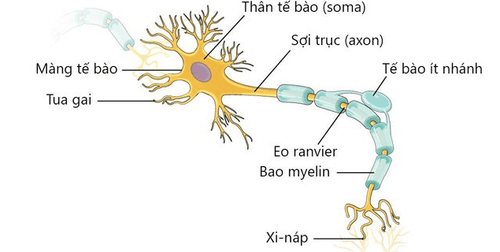
2. Factors affecting the human nervous system
The nervous system has many layers of protection. Your brain is protected by your skull, your spinal cord is protected by the small bones in your spine (vertebrae) and a thin covering (membrane). All are buffered by a clear fluid called cerebrospinal fluid. However, things can go wrong with the nervous system just like any other part of the body. When a disorder damages it, that affects communication between the brain, spinal cord, and body. These disorders include:
Infections such as meningitis, encephalitis Physical problems such as trauma, paralysis or carpal tunnel syndrome Conditions such as Parkinson's disease, multiple sclerosis or Alzheimer's disease problems with blood vessels, stroke, transient ischemic attack (TIAs), or subdural hematoma (when blood builds up outside your brain, usually after a severe head injury).
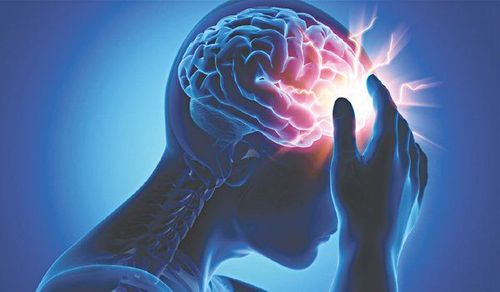
3. How to have a healthy nervous system?
Just like other parts of the body, your brain needs sleep to rest and repair, so a regular sleep schedule.
A healthy balanced diet full of foods rich in omega-3 fatty acids is also important. These include fatty fish such as salmon, albacore tuna, mackerel, and herring.
Stress can also affect the nervous system, ways to manage stress include:
Exercise regularly Allow yourself to rest Spend quality time with family and friends Meditate or practice mindfulness with yoga or other activities.
Please dial HOTLINE for more information or register for an appointment HERE. Download MyVinmec app to make appointments faster and to manage your bookings easily.
Articles refer to sources: Mayoclinic.org, Webmd.com





